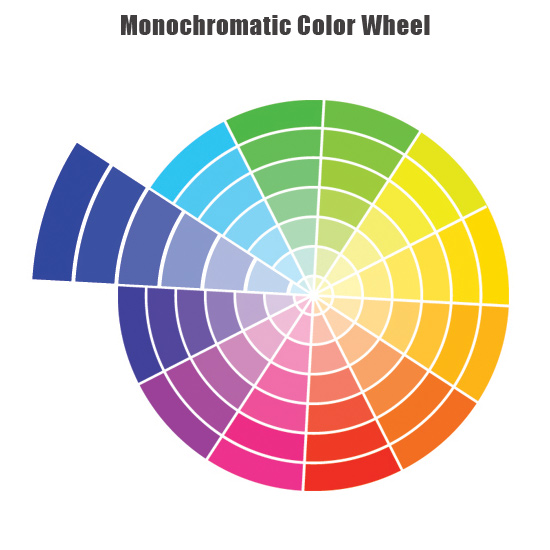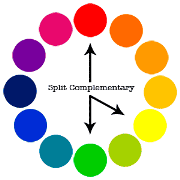Search This Blog
Friday, November 14, 2014
Friday, November 7, 2014
Multi-View Sketching
Conclusion Questions:
1. Construction lines help the designer get the exact proportions of each side of an object. Object lines are very helpful because they show the shape of the object.
2. The purpose of hidden lines is to show certain aspects of an object that can't be seen at certain viewpoints. Some details of objects are hidden when an object is looked at at a certain angle, and hidden lines are important to designers because they show where these locations are.
3. The pictorial shown in the first representation in number 2 is isometric, because it is at an angle allowing the designer to see multiple sides of the object.
4. The pictorial view in number 6 also looks like it is isometric because multiple sides are shown to the designer.
5. Multi-view drawings would be more helpful to mechanics and contractors because they show the exact proportions and all the sides (left right top bottom) of the object to be built.
Sunday, November 2, 2014
Final Draft of Concept Sketch
 |
| My concept sketch of the Dogtemp+ app to help save the lives of dogs who suffer from heat-stroke locked in the cars of their owners. LINK TO MY PRESENTATION |
Subscribe to:
Posts (Atom)






.JPG)
.JPG)